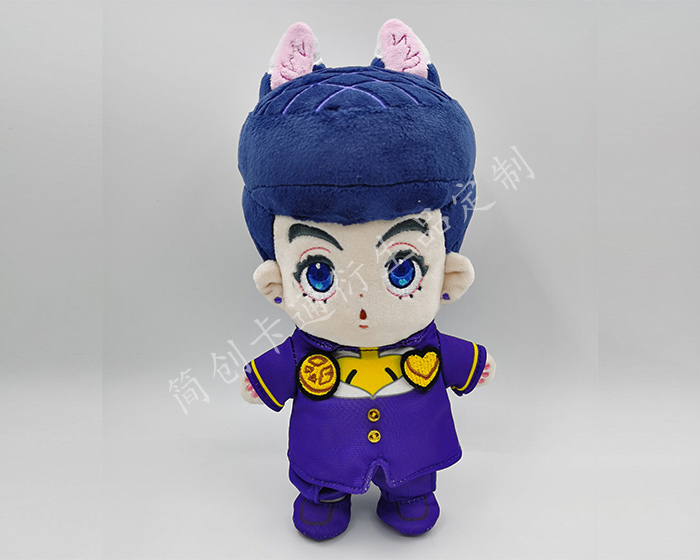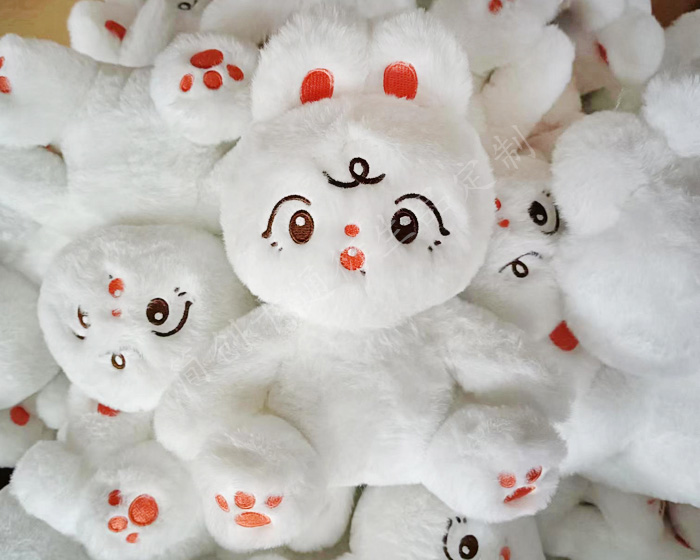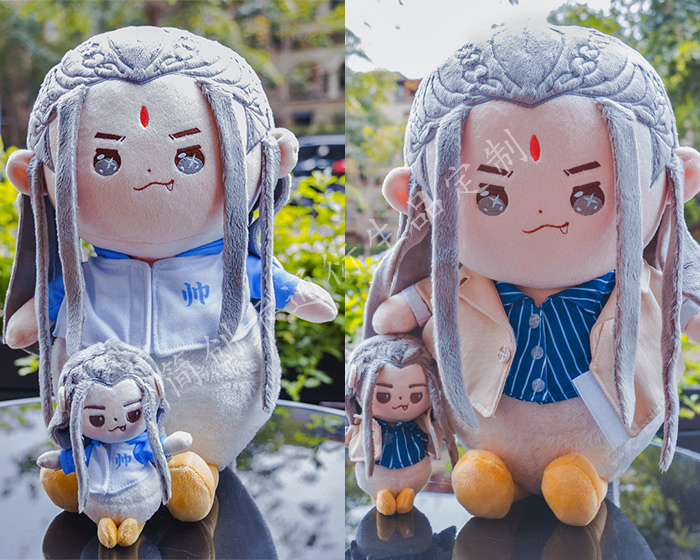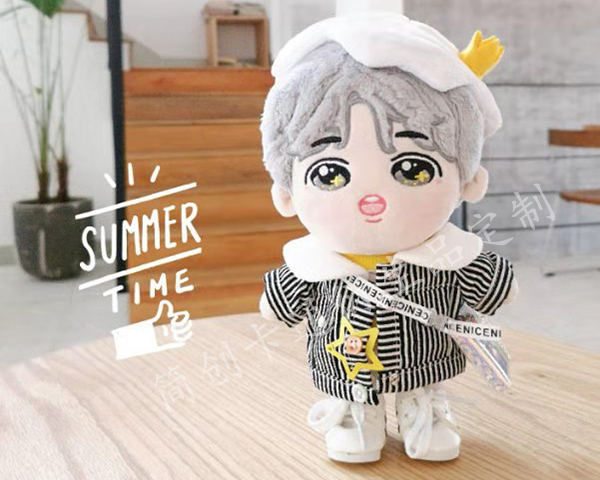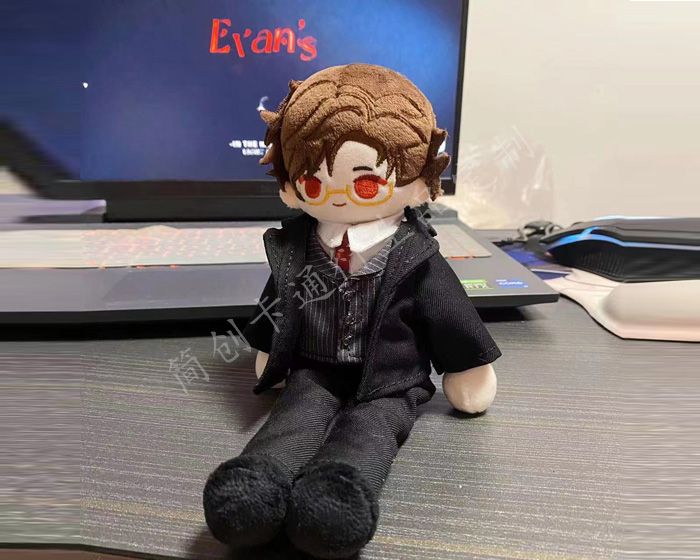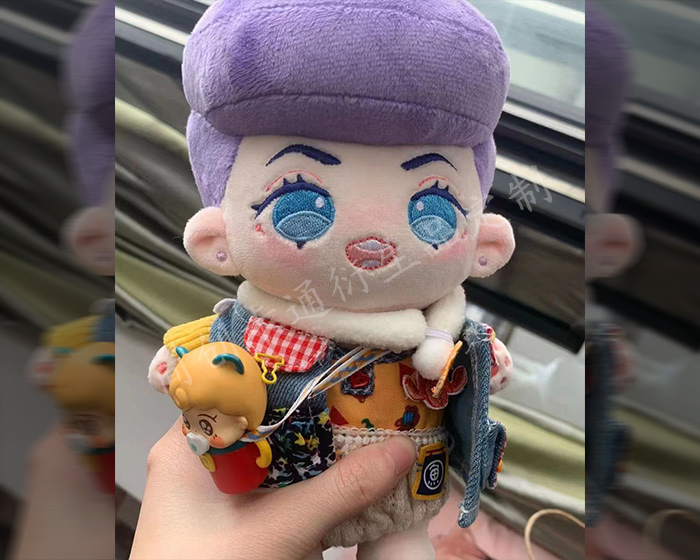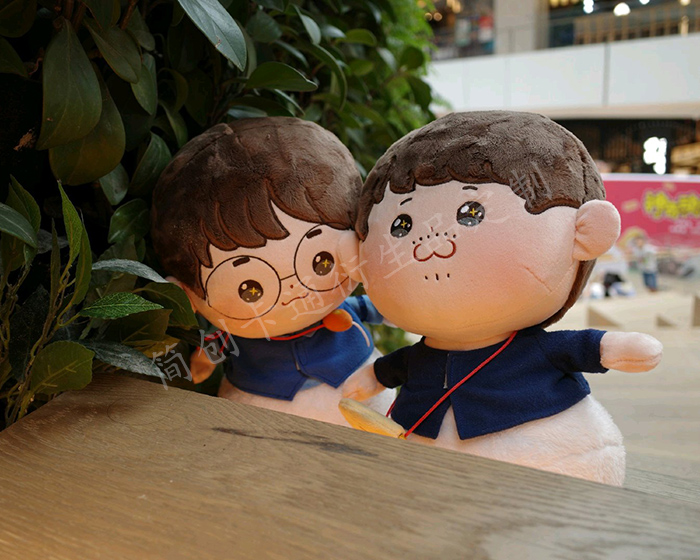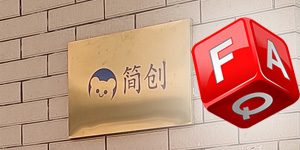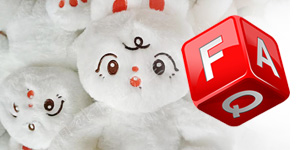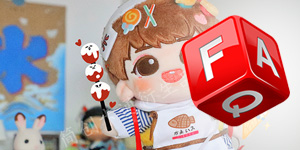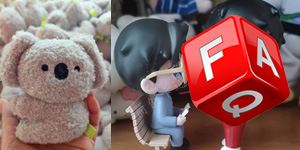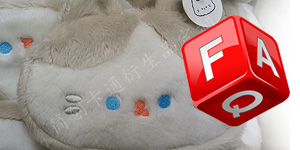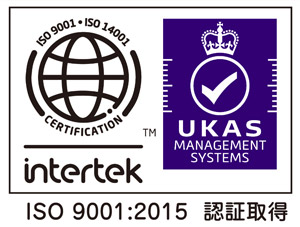Sanitizing stuffed animals is a crucial step in maintaining cleanliness and ensuring that these beloved toys remain safe for children and pets. Over time, stuffed animals can accumulate dirt, dust, allergens, and even germs, making regular sanitization essential, especially in households with young children. Here’s a comprehensive guide on how stuffed animals can be sanitized effectively.
Understanding the Need for Sanitization
Stuffed animals often come into close contact with skin, saliva, and other substances that can harbor bacteria and viruses. Additionally, they can trap dust mites and allergens, which may lead to respiratory issues or allergic reactions. Regular sanitization helps mitigate these risks, ensuring that the toys remain clean and hygienic.
Methods of Sanitization
-
Washing Machine Method:Many stuffed animals are machine washable, which makes this method effective for sanitizing. Before washing, check the care label for specific instructions. For machine washing, place the stuffed animal inside a pillowcase or laundry bag to protect it during the wash cycle. Use a gentle cycle with cold water and a mild detergent. Adding a cup of white vinegar to the rinse cycle can enhance sanitization, as vinegar is a natural disinfectant.
-
Hand Washing Method:For more delicate stuffed animals or those with beads and other embellishments, hand washing is recommended. Fill a basin with cold water and add a small amount of gentle detergent. Submerge the stuffed animal, and gently agitate the water, focusing on soiled areas. Rinse thoroughly with clean water to remove any soap residue. This method allows for careful attention to the toy’s unique features while ensuring a thorough clean.
-
Spot Cleaning:For minor stains or localized areas of concern, spot cleaning can be effective. Use a damp cloth with a mild detergent to gently dab the affected area. After cleaning, follow up with a cloth dampened with plain water to remove any soap residue. This method is particularly useful for toys that cannot withstand full washing.
-
Sanitizing Sprays:If washing isn’t an option, consider using a fabric-safe disinfectant spray. Ensure that the product is safe for use on soft toys and follow the manufacturer’s instructions. Lightly spray the surface of the stuffed animal and allow it to air dry. This method can effectively reduce germs and bacteria without a full wash.
Drying the Stuffed Animal
After washing or sanitizing, proper drying is crucial. Avoid using a dryer, as the heat can damage the stuffing or fabric. Instead, gently squeeze out excess water and lay the toy flat on a clean towel. Allow it to air dry in a well-ventilated area. Fluff the toy periodically as it dries to maintain its shape.
Preventive Measures
To keep stuffed animals clean for longer periods, establish regular cleaning routines. Encourage children to avoid eating with their stuffed animals, and store them in a clean, dry place to minimize exposure to dirt and moisture. Regularly inspect toys for any signs of wear or damage, addressing issues promptly to prevent further contamination.
Conclusion
Stuffed animals can indeed be sanitized effectively using various methods, from machine washing to spot cleaning and disinfectant sprays. Regular sanitization helps maintain the hygiene of these cherished toys, making them safer for playtime. By incorporating these practices into your routine, you can ensure that stuffed animals remain clean, fresh, and ready for cuddles.
The following are some examples of plush toys that our factory customizes for customers. Check out if there is one that you like best.
-
Custom Animal Plush
-
Cute Plush Doll
-
Custom Stuffed Animals
-
Plush Toy
-
Plush Dolls
-
Custom Stuffed Dolls
-
Custom Plush Toy
-
Cotton Dolls
-
Weighted Plush Toys
-
Cute Stuffed Animals
-
Custom Pet Stuffed Animal
-
Warmies Stuffed Animals
-
Weighted Stuffed Animal
-
Soft Toys
-
Plush Stuffed Doll
-
Custom Stuffed Dolls
-
Plush Maker
-
Bear Stuffed Toy
-
Anime Plush
-
Custom Stuffed Animal
-
Anime Plush
-
Custom Plush Toy
-
Personalised Stuffed Animal
-
Plush Animal Toys
-
Custom Plush Makers
-
Custom Plushies
-
Toy Manufacturer
-
Rag Doll Making
-
Custom Toys
-
Dog Plush Toys
-
Custom Rag Doll
-
Stuffed Animals
-
Custom Plush
-
Custom Plush Dolls
-
20cm Cotton Doll
-
Jojo Plush
-
Custom Doll
-
Jojo Doll
-
Large Plush Toys
-
15cm Cotton Doll
-
Dumpling Plush
-
Cotton Doll








